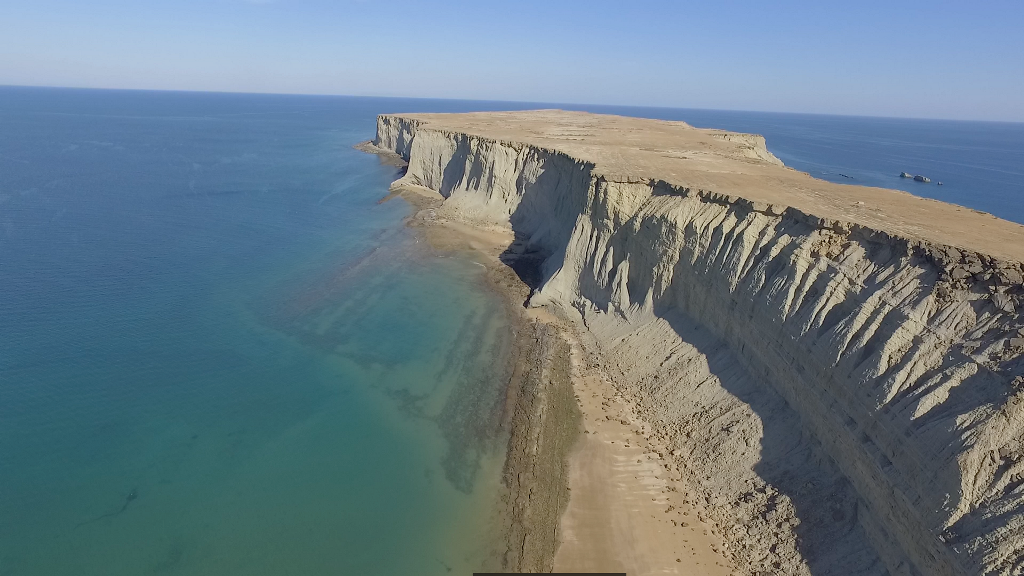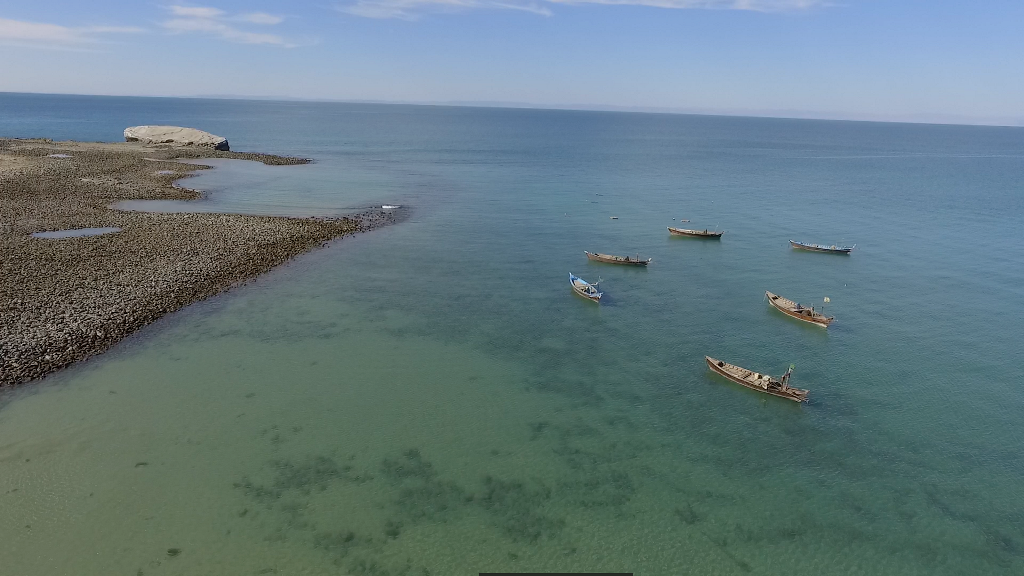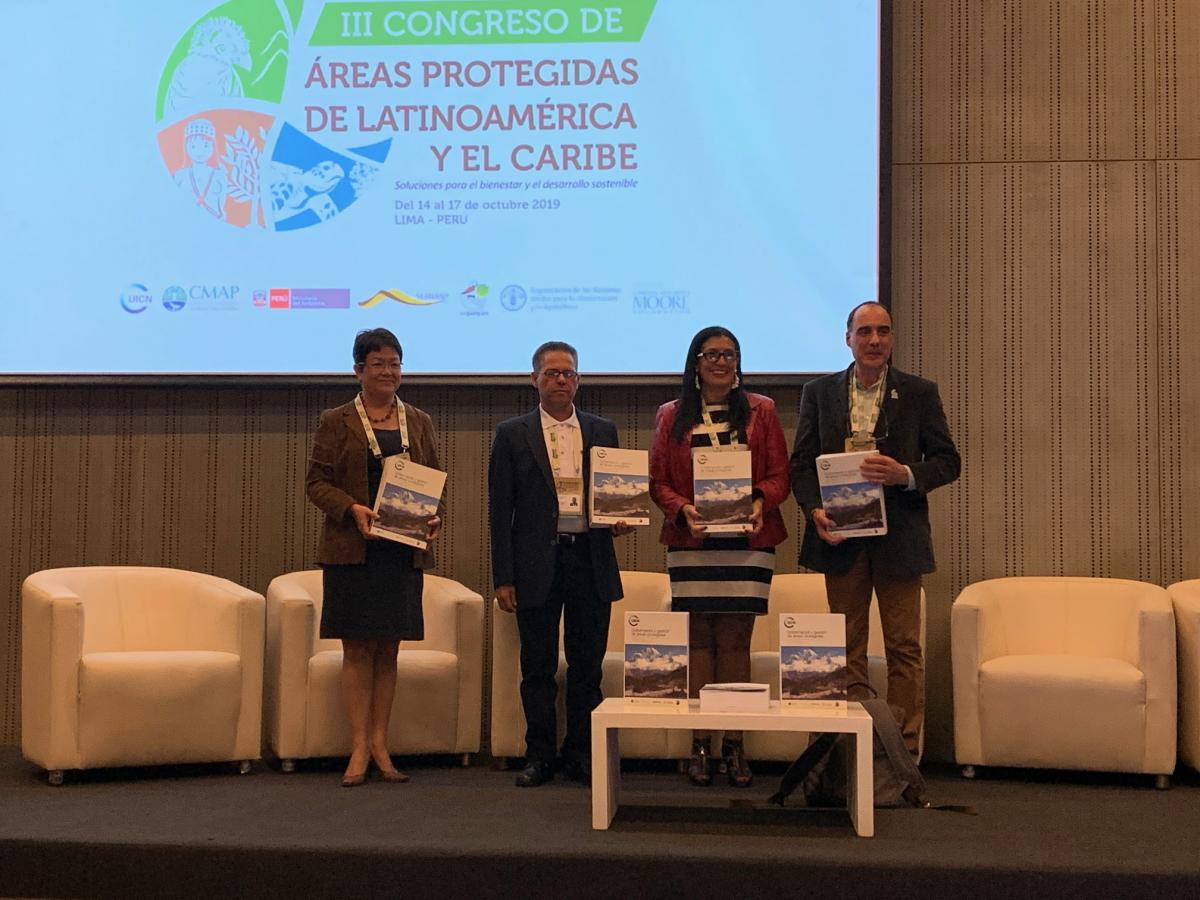Astola Island as a Marine Protected Area: next steps after IUCN World Conservation Congress 2016
Located approximately 25 km off the coast of Balochistan province, Astola is Pakistan’s largest offshore island. Also known as “Jezira Haft Talar” (Island of the Seven Hills) due to the small, rocky mountains that span the 6.7 km2 island, this scenic spot has all the hallmarks of a tourist getaway – sandy beaches, clear waters, and the sort of variety of marine life often found tucked away in remote and pristine corners of the world.
The island is also ecologically important. Its beaches are a nesting ground for the endangered green turtle (Chelonia mydas) and hawksbill turtle (Eretmochelys imbracata), while also supporting a large variety of water birds such as coursers, gulls and plovers. The Astola saw-scaled viper (Echis carinatus astolae) is also endemic to the island. While treeless due to the absence of a fresh water source, the island’s vegetation consists of scrub and large bushes. The island’s marine ecology supports a variety of corals, creating a breeding ground for a vast range of marine species.
Marine Protected Areas (MPAs) involve the protective management of natural areas so as to keep them in their natural state. MPAs can be conserved for a number of reasons including economic resources, biodiversity conservation and species protection. They are created by delineating zones with permitted and non-permitted uses within that zone.
Target 11 of Aichi Biodiversity Targets agreed by all Parties to the Convention on Biological Diversity (CBD) in 2010 specifies that each Party has to declare at least 10% of its coastal and marine areas, especially areas of biodiversity significance and ecosystem services, as Marine Protected Areas. . Further, Sustainable Development Goal 14 of the 2030 Agenda for Sustainable Development adopted at the United Nations Sustainable Development Summit in 2015 expressed the need to conserve and use our ocean, sea and marine resources sustainably.
Pakistan is a Party to CBD; however, it has not been able to establish a single MPA. In 2015, the National Coordinating Body (NCB) of Mangroves for the Future (MFF) Pakistan, headed by the Ministry of Climate Change, Government of Pakistan discussed this issue and constituted a Working Group for identification of potential sites for MPA designation in Pakistan. The Working Group recommended four potential sites, including Astola Island, Churna Island, Miani Hor, and Gwatar Bay for designation as Marine Protected Areas to meet Pakistan’s commitment under international conventions. Subsequently, a motion calling for the declaration of Astola Island as an MPA was adopted at the IUCN World Conservation Congress in September 2016.
IUCN’s role will be to assist with the technical methodology for establishing such an area. With Astola on its way to becoming an MPA, getting local communities and stakeholders on board is vital.
Continuing its support to the entire process of establishing the first ever MPA in Pakistan, MFF Pakistan has taken several steps in collaboration with its NCB members. These include an initial feasibility assessment of two sites, Churna Island and Minai Hor, undertaken with support from WWF Pakistan; and a field visit of NCB WG members to Astola Island organised in collaboration with Pakistan Navy, a member of NCB Pakistan, to undertake the situational analysis.
To conclude, with the continued support of MFF, Pakistan will soon designate its first Marine Protected Area to fulfill its commitments under international conventions.






